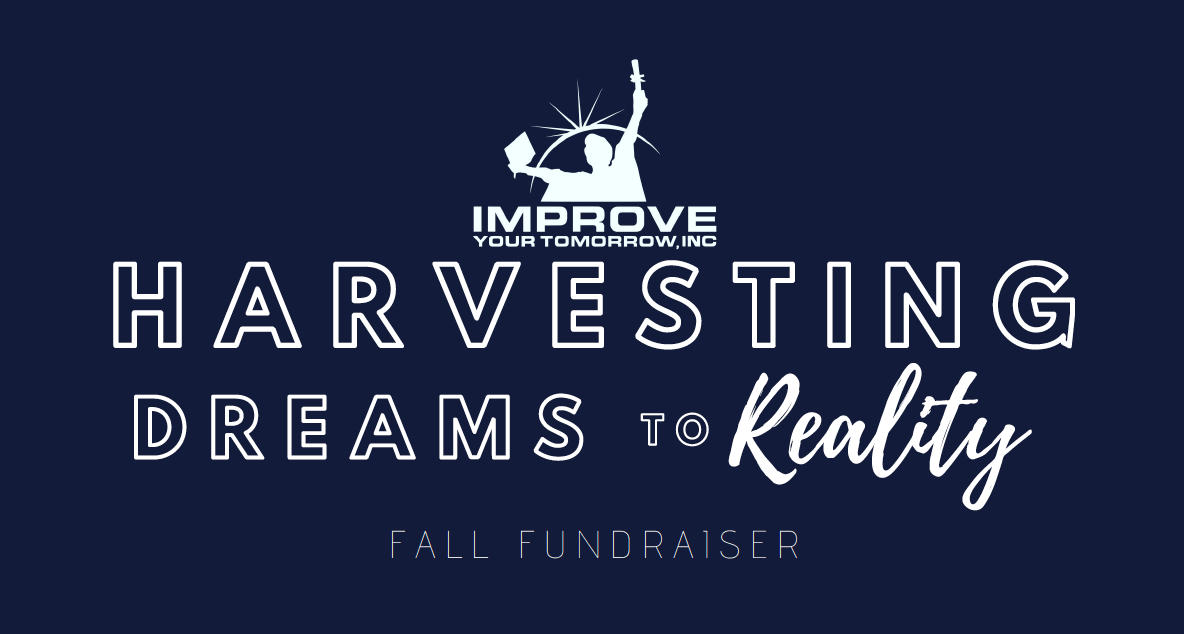Daniel, Russell & Charles Co.
-

Private Equity & Capital
Get the capital you need to grow your business.
Get Started -

Consulting for Small Businesses
Get expert direction in the Global Marketplace
Get Started -

Consulting for CEO's and CFO's
Get the capital and knowledge to expand your business in the Global Marketplace.
Get Started -

Mid to Large Corporate Advisor
Work with a corporate advisor to customize a growth startegy for your company.
Get Started
F E A T U R E S & B E N E F I T S
Simple & Powerful
Our 4 Step Process
Make a Request
DRC honors your privacy. Download our signed NDA and checklist so that you are prepared for our first meeting. Put in a request below.
Assessment and
Projections
Our experienced analysts and associates work with management to assess the details and evaluate projections for next steps.
Meet with an Expert
Meet with an expert associate and share your data and your situation so that we can customize a strategy for your needs.
Deal
DRC prepares CEO's, CFO's, and Small business innovators with premium consulting to raise capital and structures a deal that works.
Trusted for more than 25 Years
Common Questions
See some common questions and answers below, or call us at (800) 842-3511
DRC Company's Blog

By websitebuilder
•
01 Oct, 2019
Private Placement Memoranda Business plans do not provide information about the technical structure of an offering. The structure of an offering allows you to raise debt financing from a number of investors instead of trying to find one with the entire amount of capital you require. The PPM sets forth critical information such as: the purchase price per note, how many notes are being sold to investors, maturity date, rate of return, etc. These are crucial items that must be presented to a potential investor in proper form or they will not invest. • A Subscription Agreement for purchasing the notes. Don't expect investors to give you capital based on a handshake. Would you invest funds into a company without signing a document that sets forth the terms and conditions of the loan? The Subscription Agreement sets forth these terms and conditions - this is the document the investor signs and gives you with their investment check. You will have a very hard time raising debt capital without this basic document. Another example would be the • Promissory Note Agreement the note is the actual loan agreement between the investor and the company. You can't have a business loan without a loan agreement.

By websitebuilder
•
19 Sep, 2019
An equity offering is where the subject company sells an ownership stake in the company to investors. Equity is usually preferred by early stage companies that need flexibility regarding capitalization. In an equity situation investors profit as the company profits since they are partial owners. This provides the advantage of not having a debt service payment draining revenue from the company in its early stages of growth. Most companies sell 10-30% of their company for a first round funding - obviously there are exceptions but this is the average. We recommend using either a "C" Corporation (where you would sell stock to investors) or a Limited Liability Corporation LLC (where you sell a membership unit to investors). Investors typically profit in two ways from an equity deal; via their proportionate "per share" percentage of company profit (called a dividend) and via the final sale of the security through an exit strategy (example: the company buying the securities back from the investors, the company and its issued and outstanding securities being bought out by another company, going public and selling on the open market, etc.) A debt offering functions much like a private business loan where, the company sells a promissory note to investors. The note sets forth the terms and conditions of the loan arrangement between the company and the investor. Thus a note would provide a certain interest rate typically paid annually to investors with a maturity date that dictates when the principal is paid back in full to investors. The notes are sold in fractional amounts providing flexibility for accommodating investors - thus a typical debt offering for $100,000 would be the sale of 20 notes at $5,000 per note. An investor investing $10,000 would get two notes. If the interest rate was 12% then he would get $1,200 paid to him annually based on the $10,000 investment. If the maturity date was 36 months then at the end of the 36 months the company would pay back the $10,000 to the investor. Many early stage companies that lack the required equity or operating history for conventional bank financing will use private debt from investors for a short period of time (12-36 months) to establish a credit and operating history. They then have the capability to take out the private debt loan from the investors with a standard bank business loan at a lower interest rate.
eBook and Paperback Now Available
BPS for Entrepreneurs
KEYS TO DIRECTION IN THE GLOBAL MARKETPLACE
For Entrepreneurs, Business Owners and C Level executives who need a pocket guide for global market expansion, BPS for Entrepreneurs; Keys to Direction in the Global Market Place by Charles R. Daniel is the industries most comprehensive pocket guide designed to produce practical results
THIS BOOK HAS LEVELED THE PLAYING FIELD! Everything you need to direct your business in the Global Market in one Book. Grow your business! GET YOUR COPY NOW!
Checklist and NDA
HOW TO PREPARE FOR OUR MEETING
DRC honors your innovation and proprietary information. Please download and review our signed NDA. In addition, we have prepared a checklist of everything that is needed during our meeting. Thank you for your interest. (Click DRC logo to Download)
We Have a Solution
Make a Request
Thank you for contacting us.
We will get back to you as soon as possible.
We will get back to you as soon as possible.
Oops, there was an error sending your message.
Please try again later.
Please try again later.
Corporate Office
500 Capitol Mall, Suite 2350
Sacramento, CA. 95814
(800) 842-3511 Office/Fax
info@drccompany.com
Copyright Daniel, Russell & Charles Co. © 2024 All Rights Reserved.
USA Locations:
California
Colorado
Georgia
Louisiana
Miami
New York
Washington D.C.
Global Locations:
Africa
Britain
Dubai
Canada
China
India
Brazil
Mexico




































